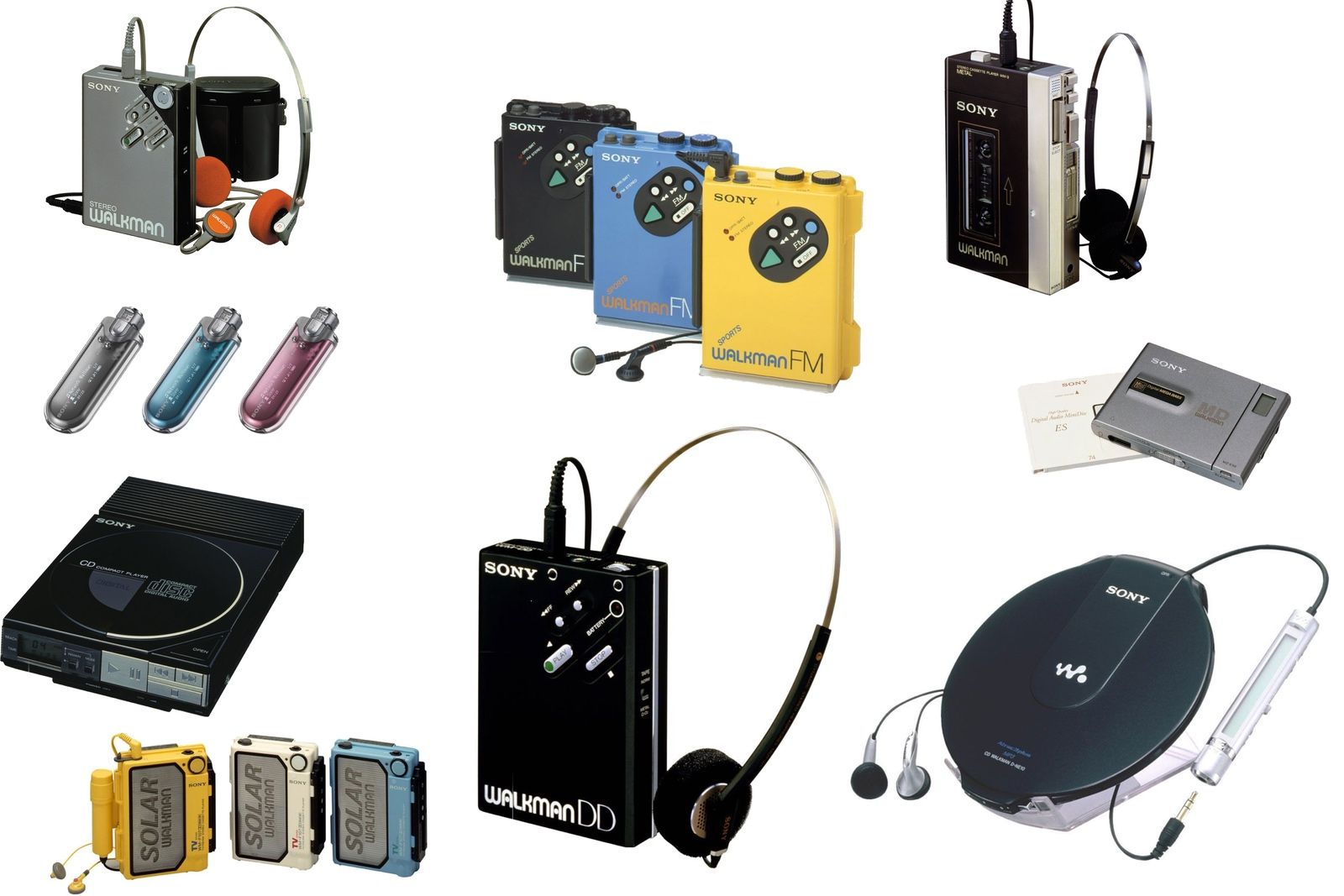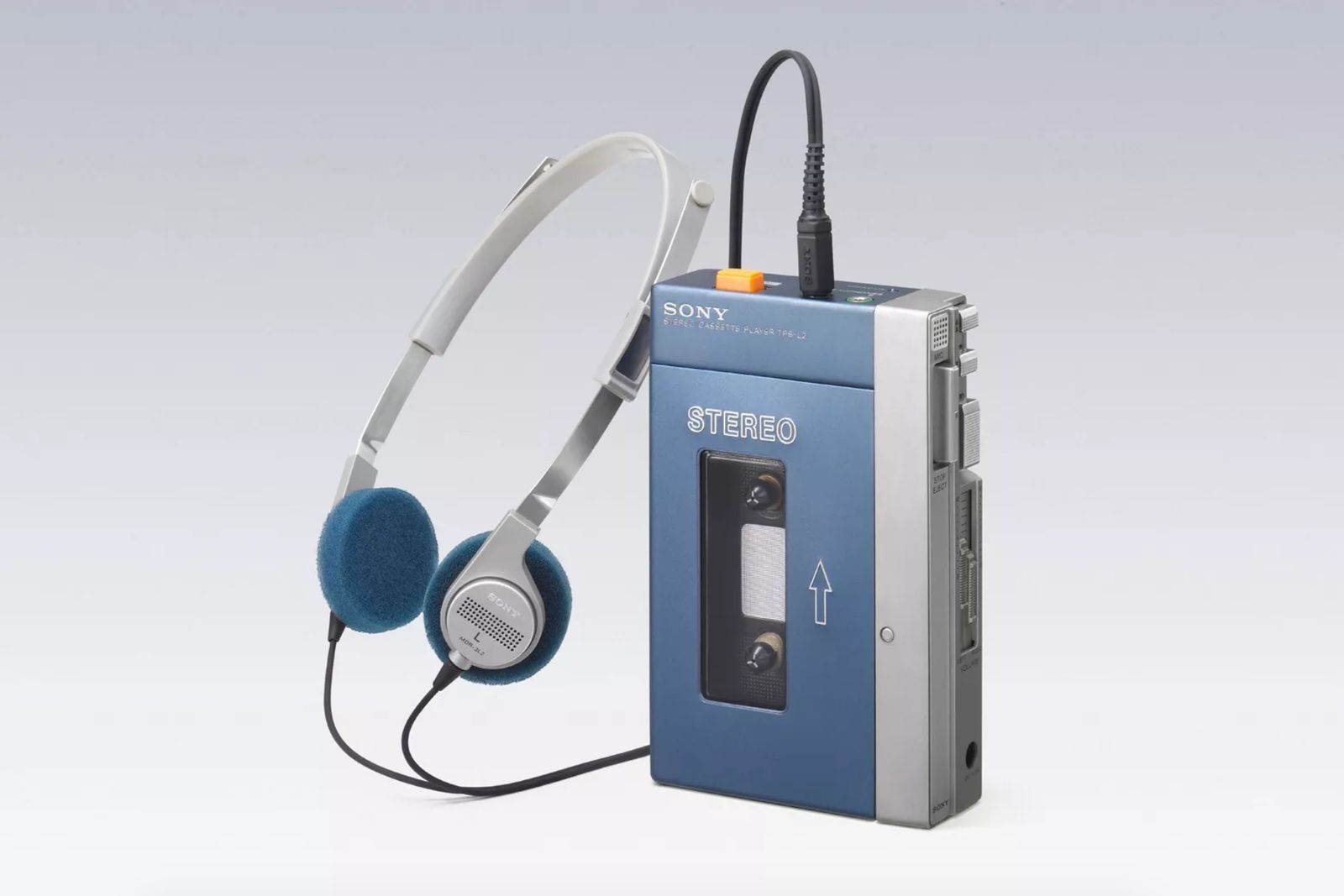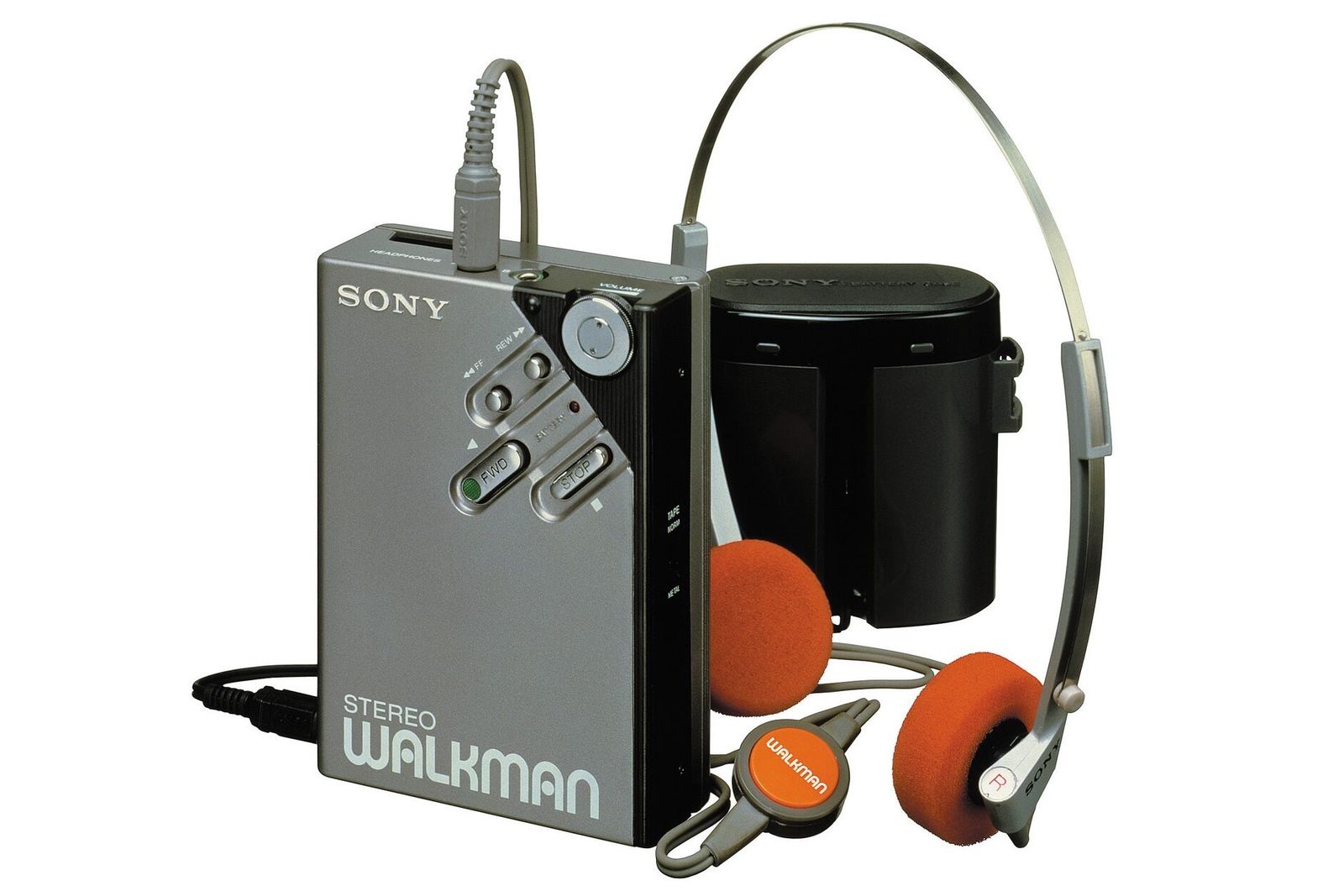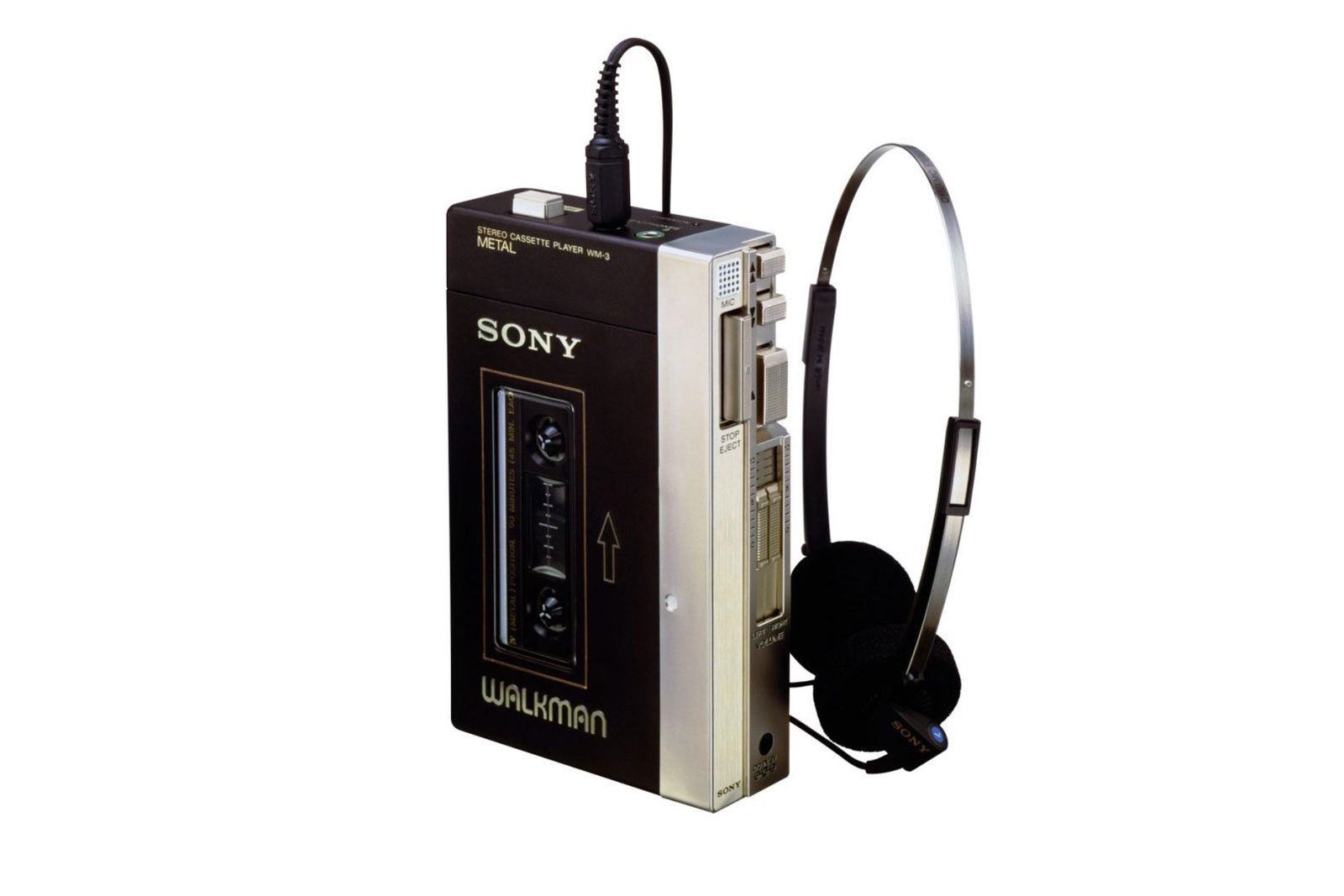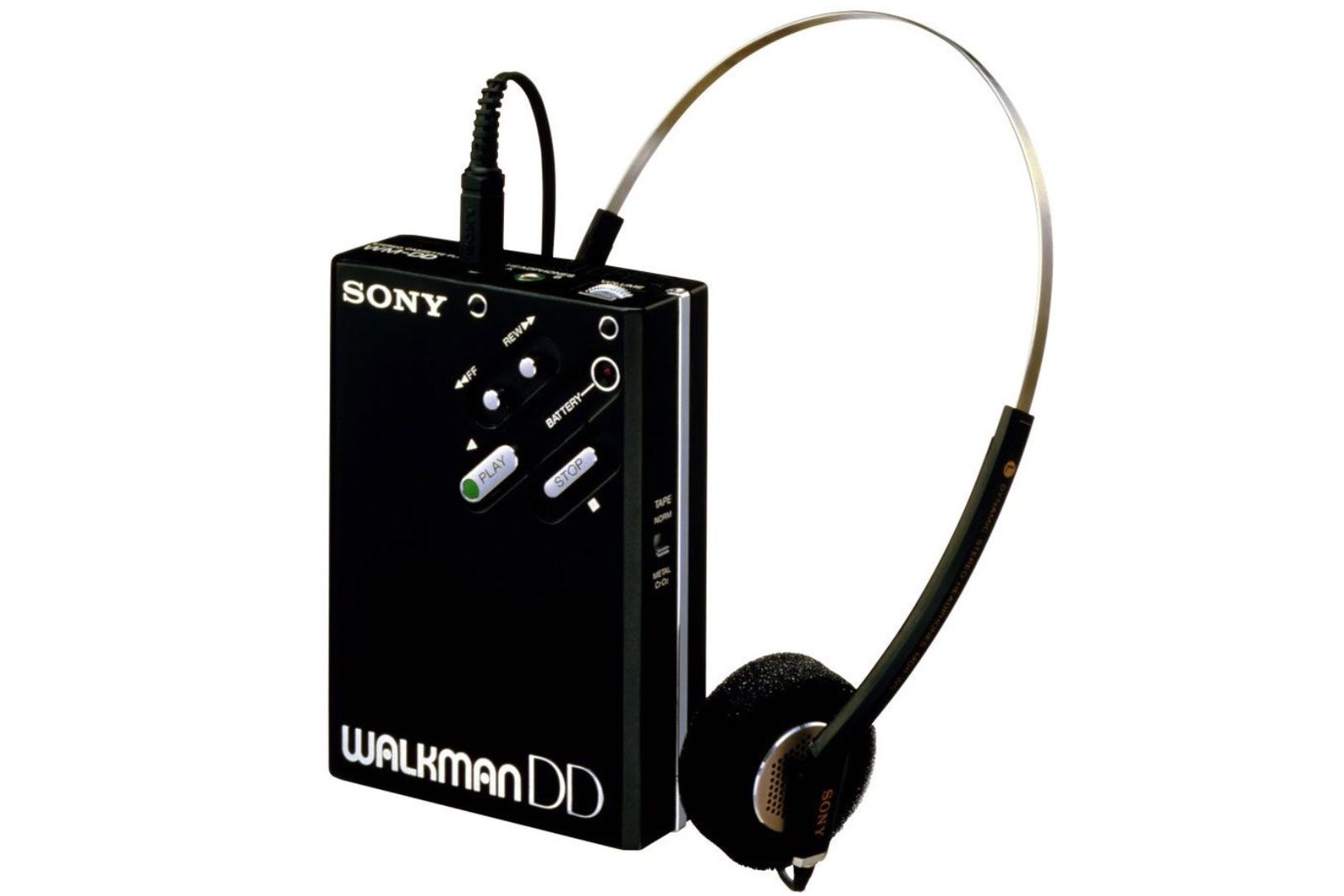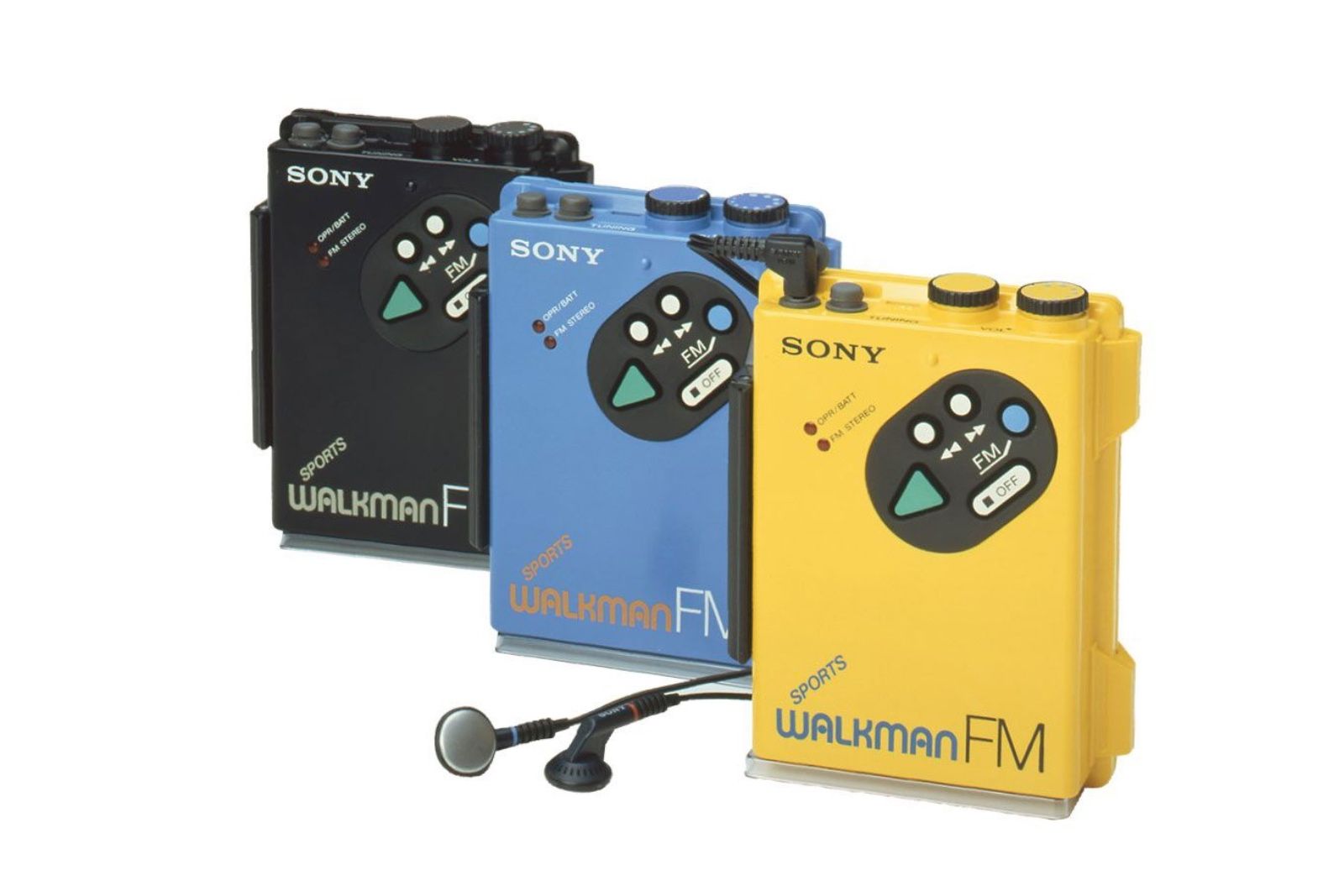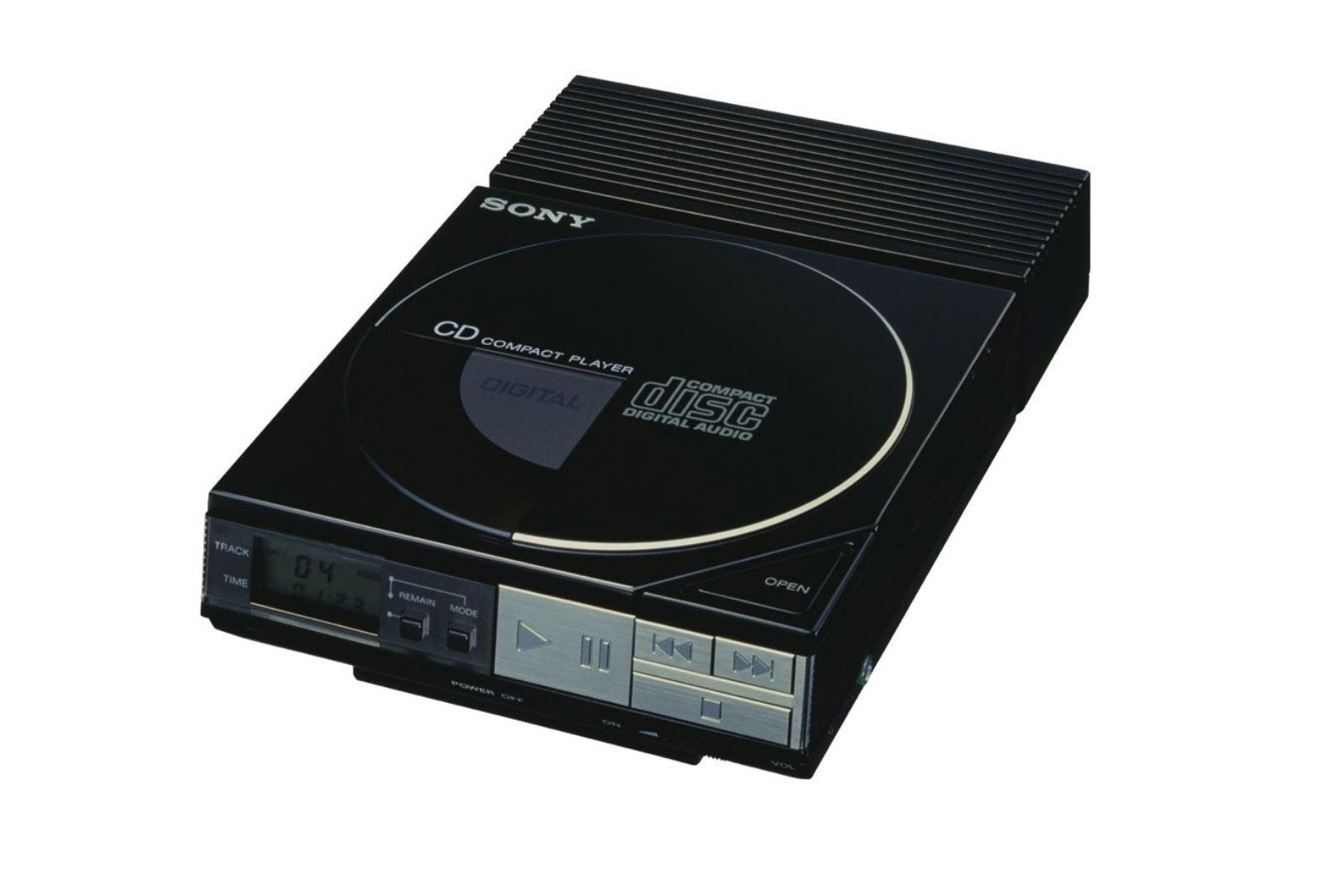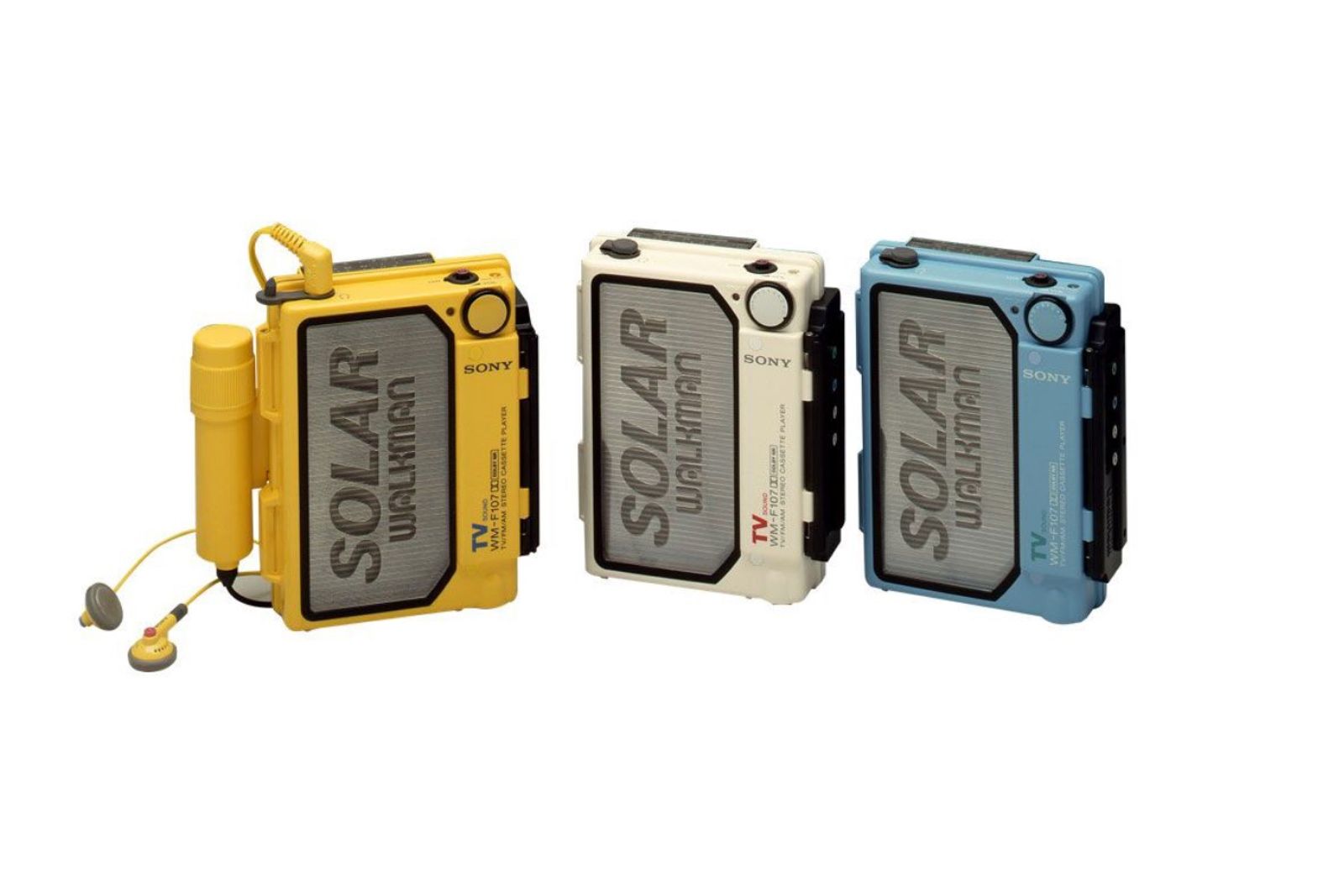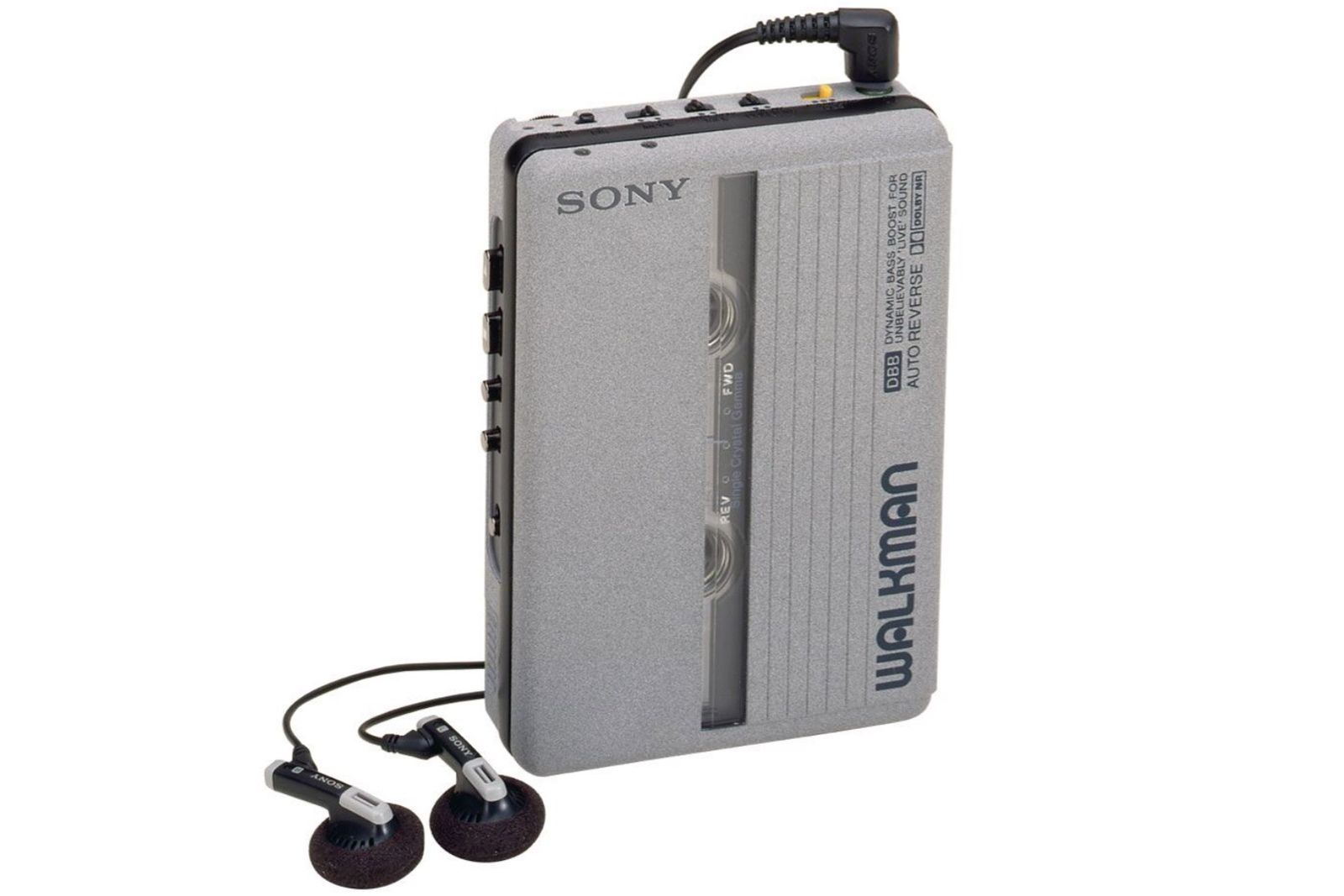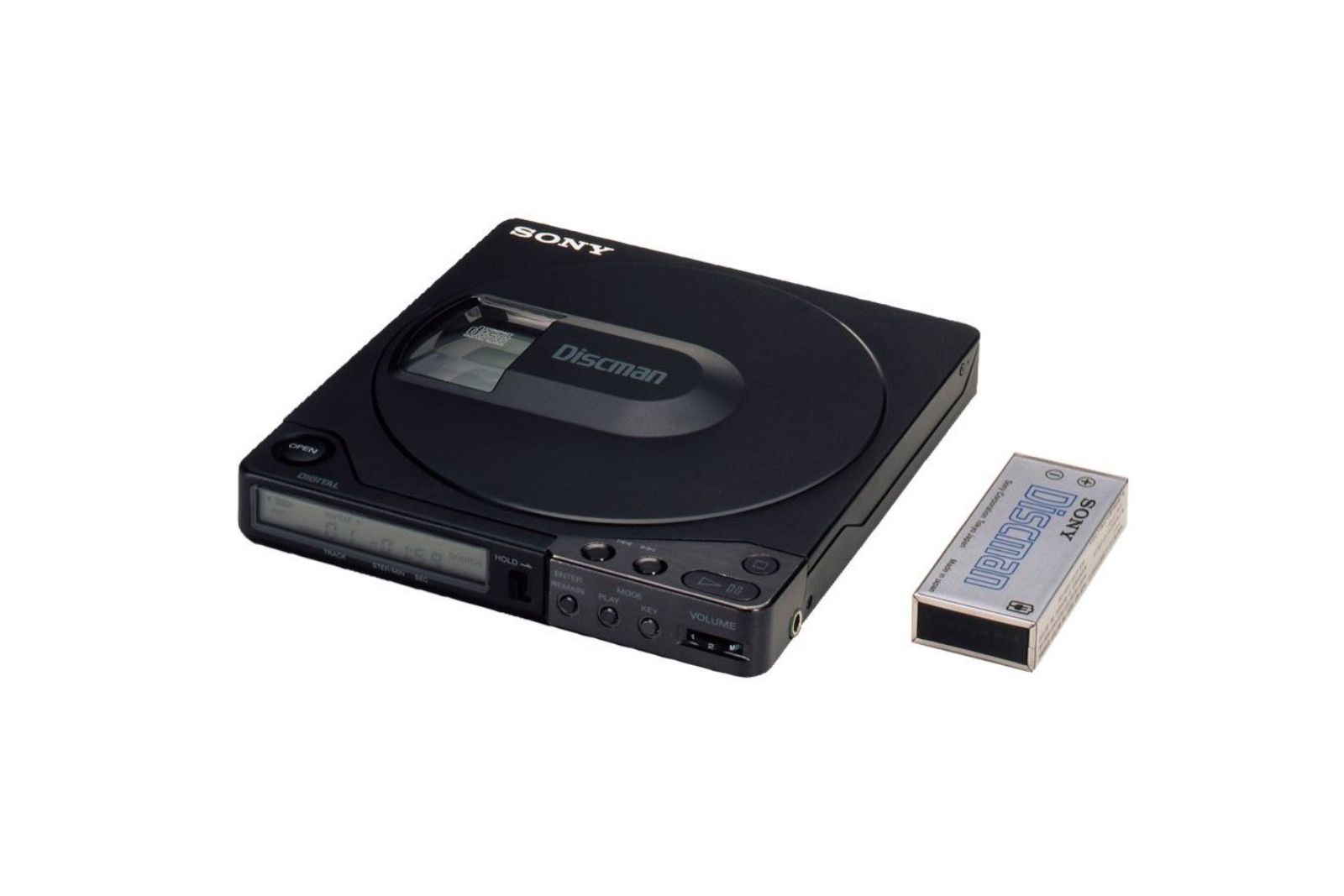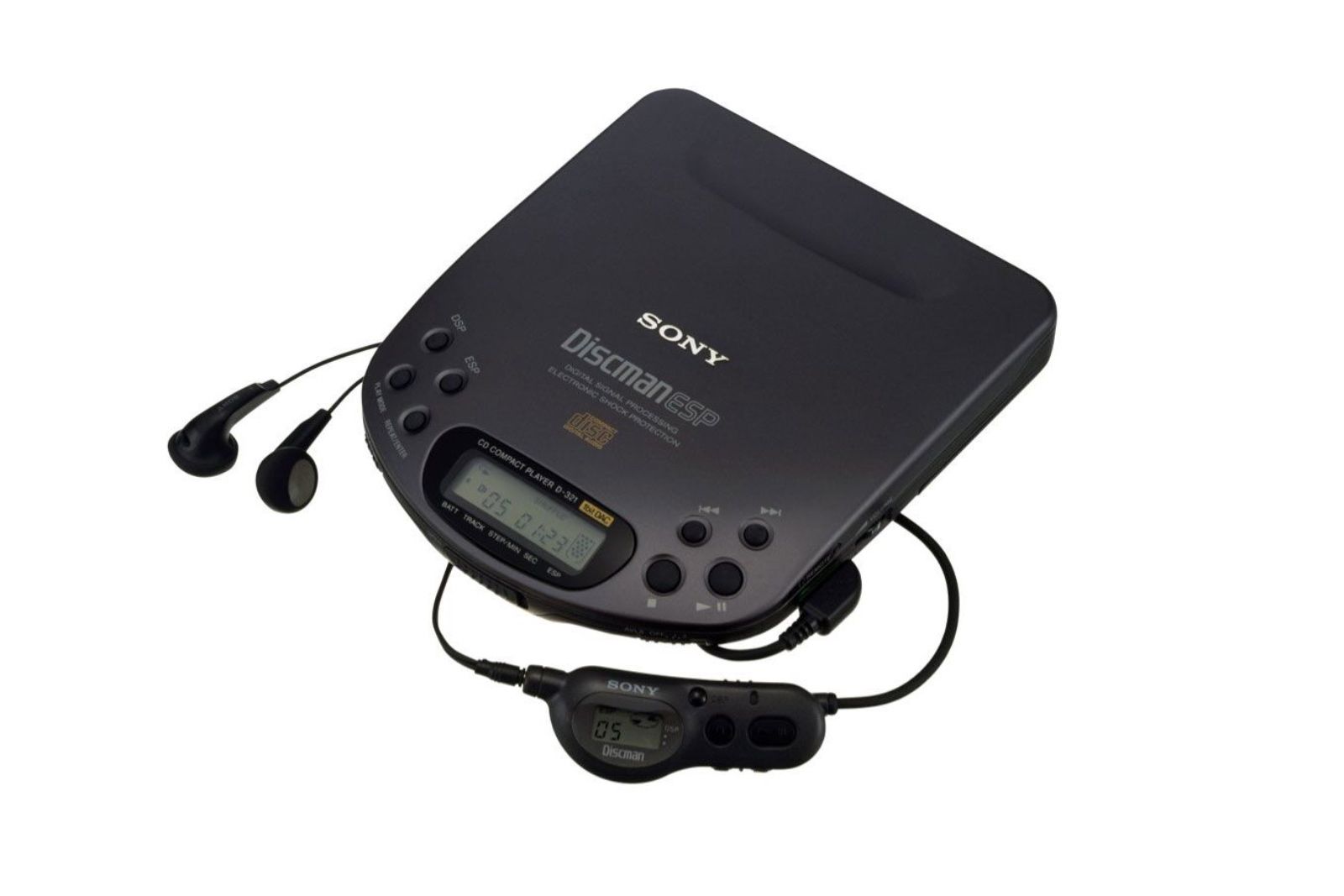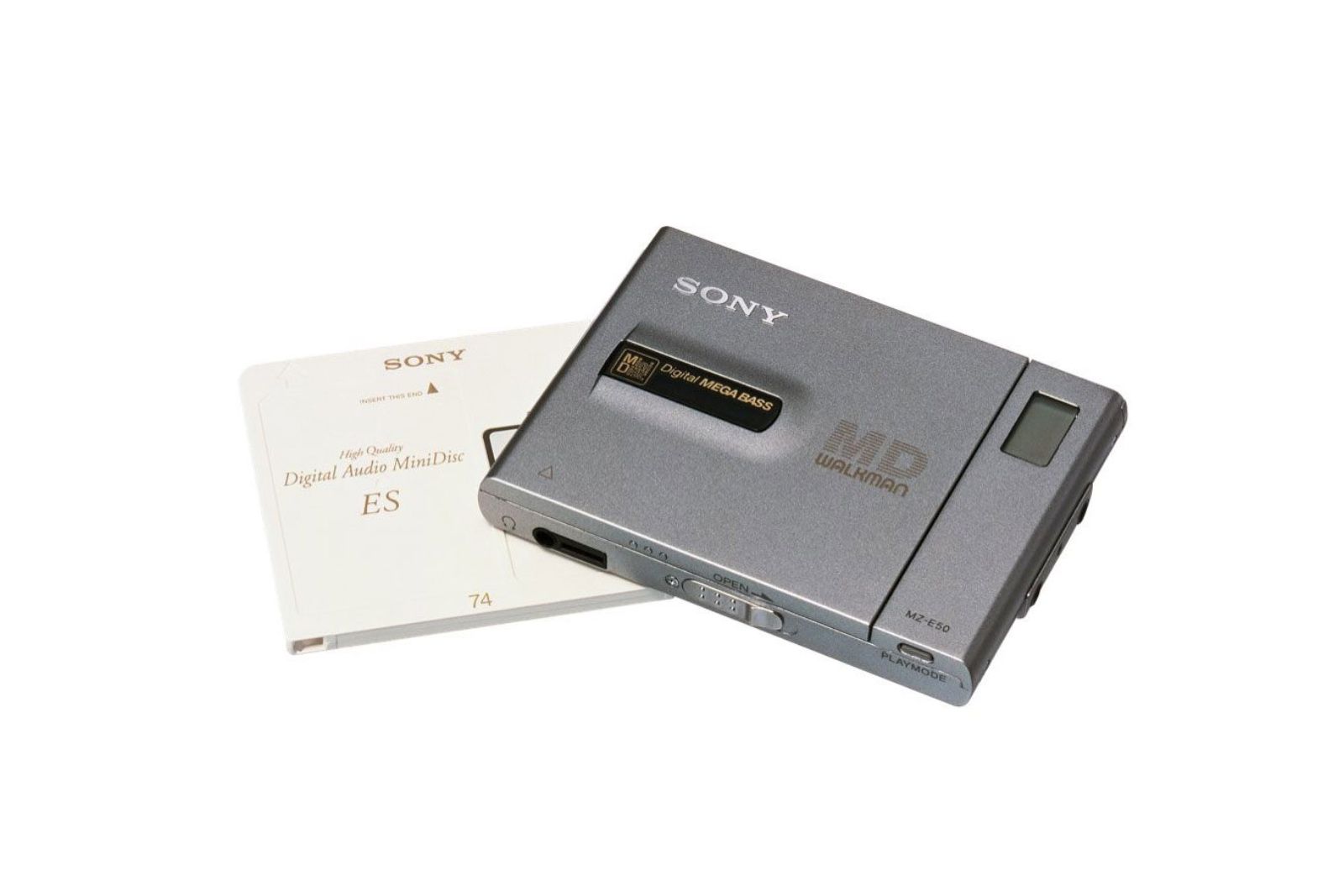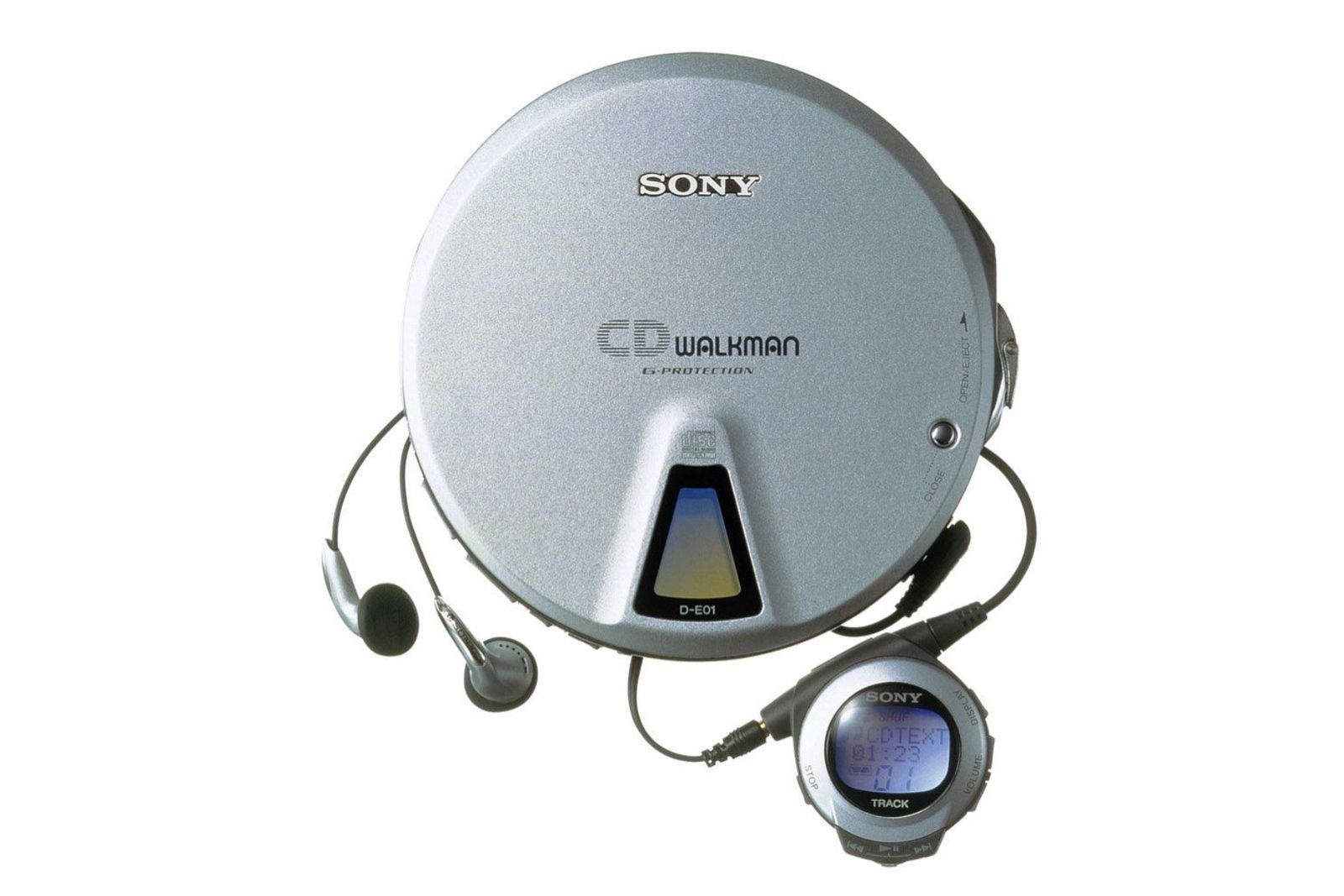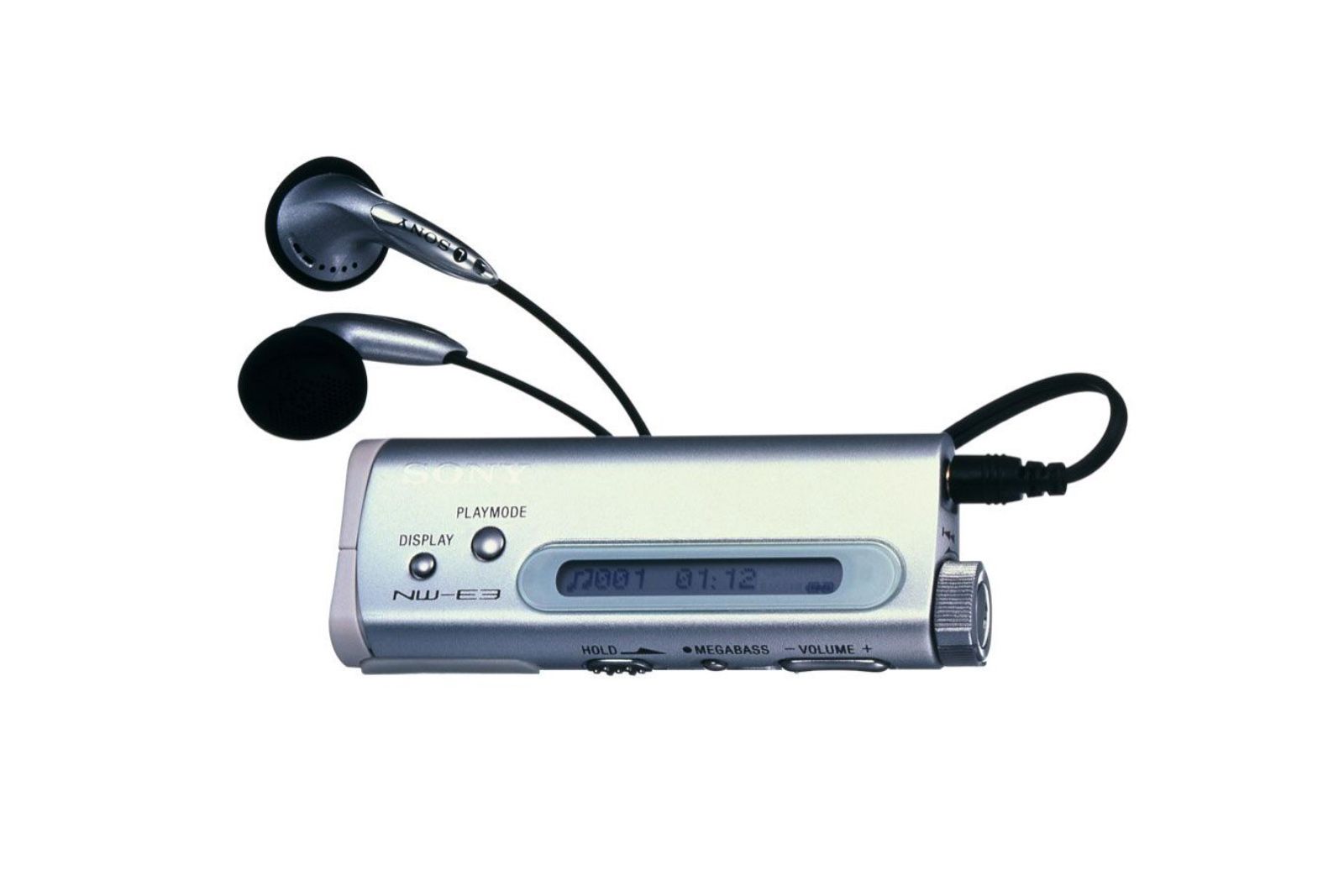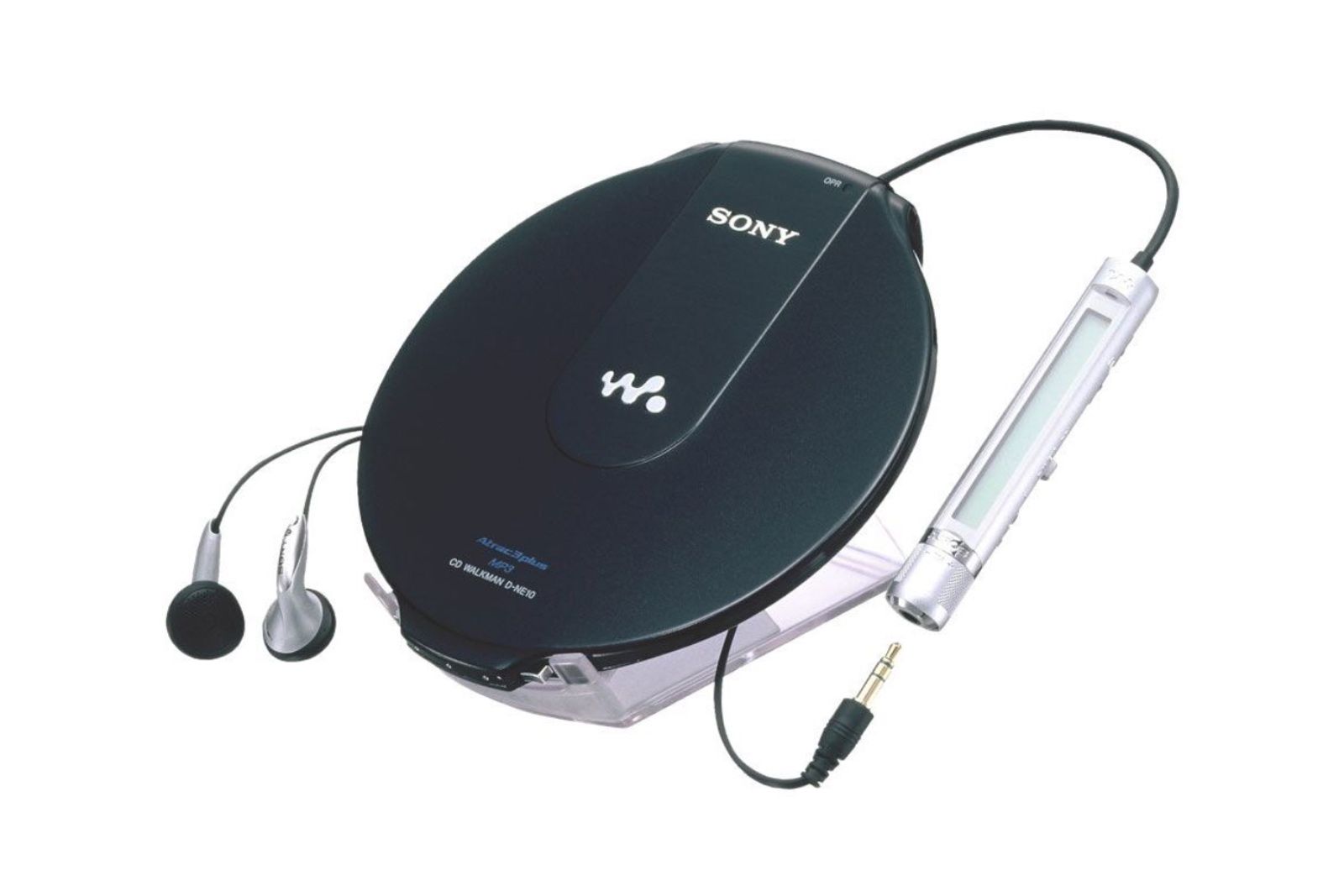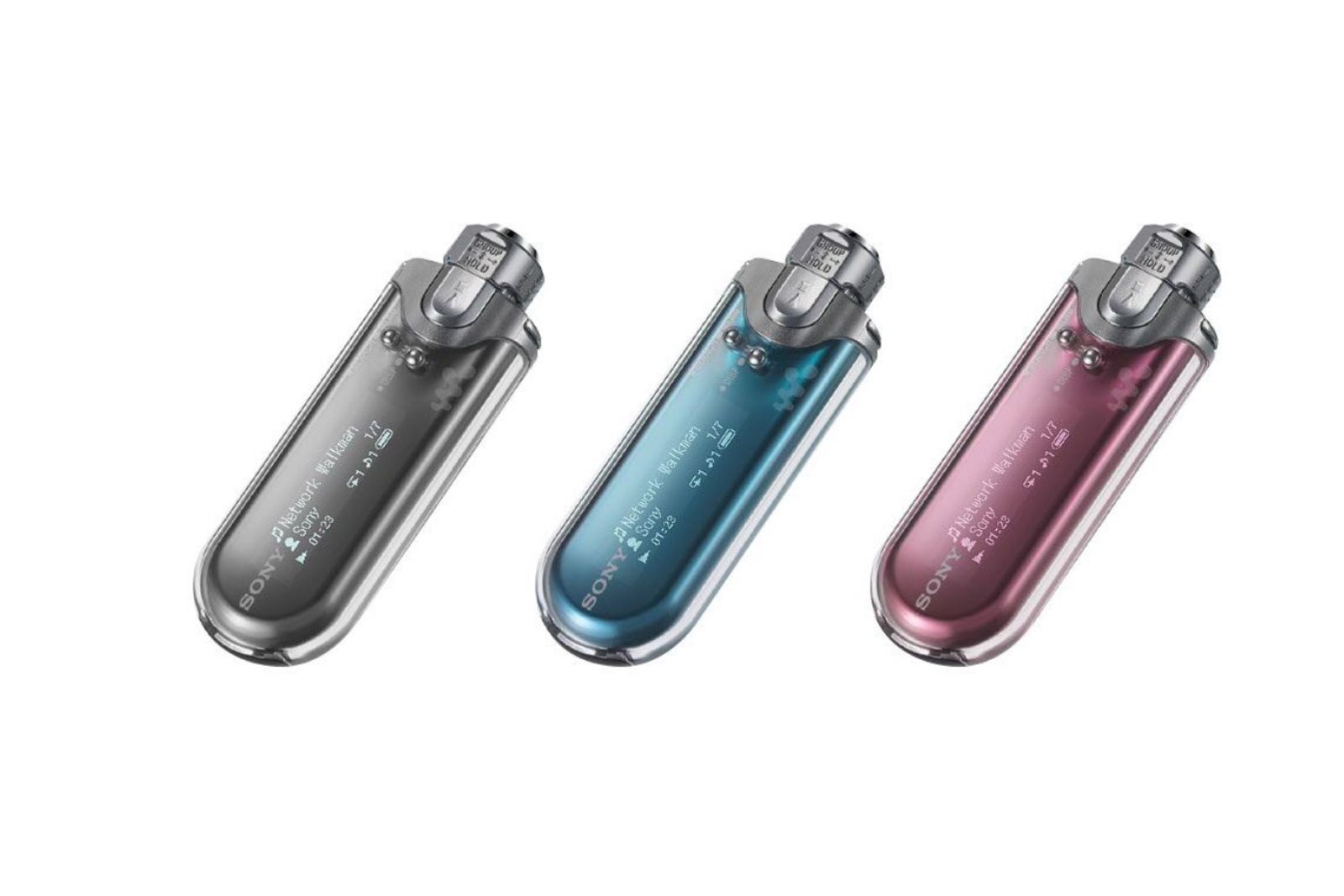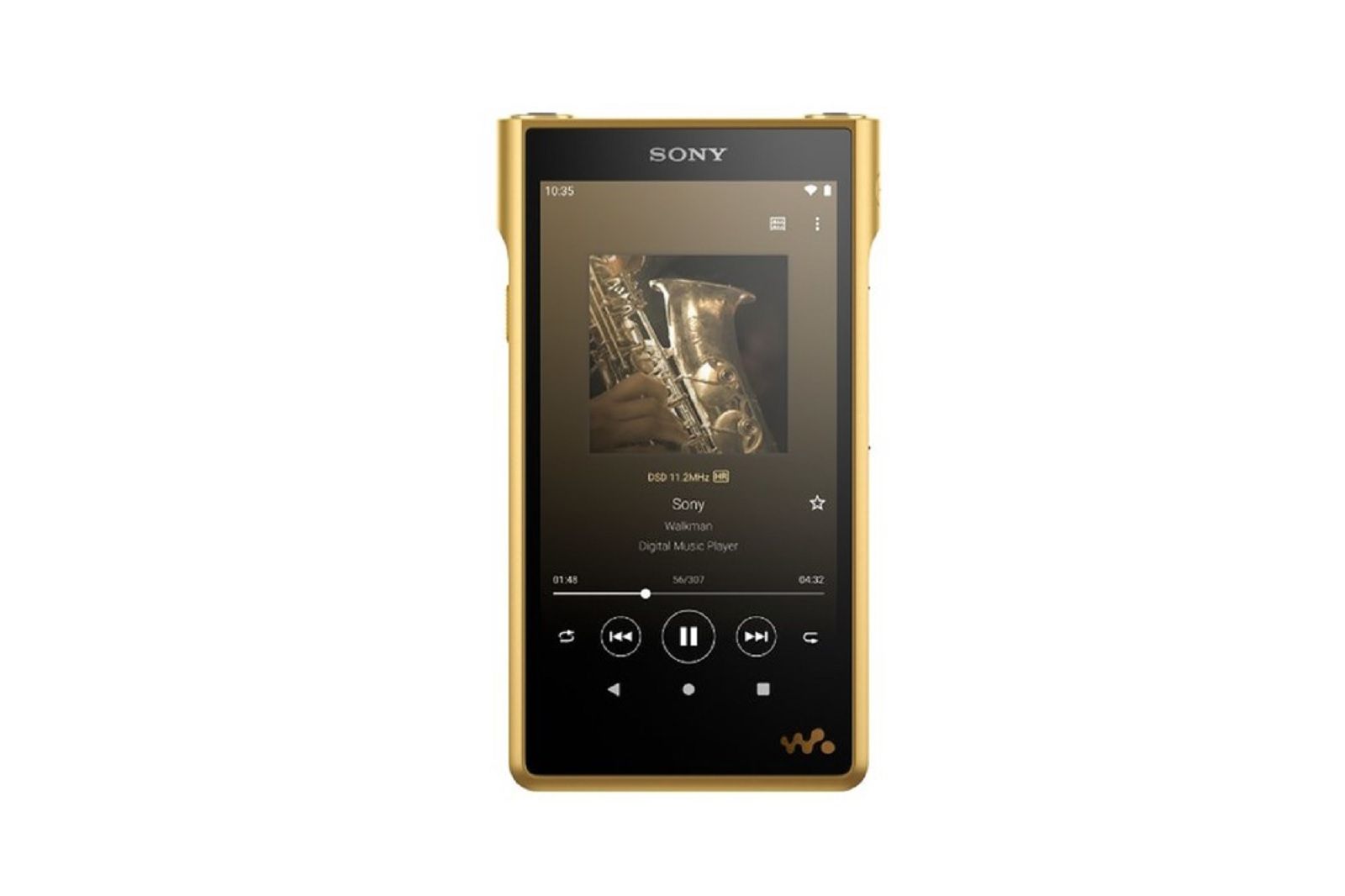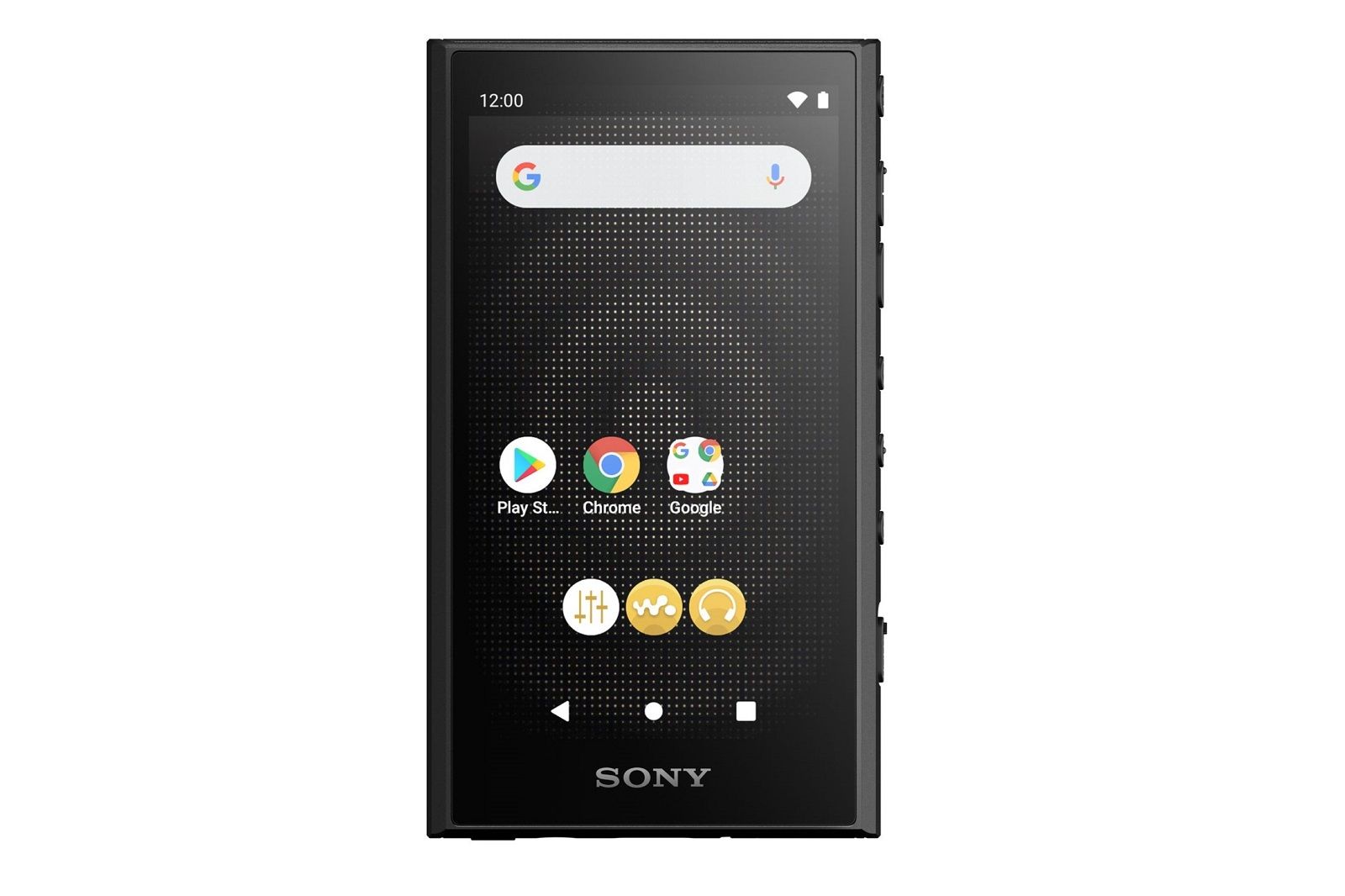Personal audio might feel like an absolute given in the modern world, whether you're streaming music from your phone to a swanky pair of AirPods Pro, or you still use an iPod Touch or any other standalone player.
It's easy to forget, though, that for a couple of decades personal audio felt like one of the newest frontiers in tech, where innovation was constant and competition was fierce. As consumers moved from tapes to CDs, with stop-offs for minidiscs before getting through to MP3s, devices were constantly updating and reinventing themselves.
And there's no more iconic brand in personal audio than Sony's Walkman line. It's one of the longest-running audio brands going, but in the 80s and 90s produced a string of devices that feel iconic, looking back with the benefit of hindsight.
We've poked into Sony's archives to take a look at some of the most influential and beautiful devices out of Walkmans long since disappeared.
Sony TPS-L2 (1979)
We're starting where it all began, with the TPS-L2, the beauty that took its place as the world's first widely available personal cassette player.
It's a remarkable bit of design. To be as small as it is, in the late 70s, takes some doing and its chunky buttons are durable and usable in the extreme.
It's the visuals that really stick with you, though, in particular, that demure shade of blue and the genius of a bright orange contrast for the pass-through button on top of the case. Scarily, the device had a few potential names including Stowaway and Soundabout, but thankfully the buffs at Sony went with Walkman in the end.
Sony WM-2 (1981)
The follow-up to the TPS-L2 was the WM-2, very much a sequel that managed to shrink the size of the device down even further, and also modernised its design aesthetic quite considerably. It's only just a shade bigger than the cassette you'd be inserting into it.
That drive to shrink down the device, and to constantly innovate bits of its mechanical engineering, makes the WM-2 symbolic of the drive towards change that you'll see throughout this list.
Sony WM-3 (1981)
The WM-3 followed swiftly after the WM-2, but as an alternative rather than a replacement. If you were happy to have a slightly larger device in order to eke out better performance, it was the device for you.
In fact, it really only refined the original TPS-L2 design, with a new colour scheme and refreshed components, to reiterate how excellent that player was. The black and stainless steel look of the WM-3 is now an absolute classic, though.
Sony WM-DD (1982)
The WM-DD feels like it might be the culmination of Sony's work on pure cassette players — it's got the tiny size that was so desired, while internal fixes and changed improved its stability and playback quality to really high levels.
It's got a really classy look to it, as well, one that doesn't scream out to be observed, but rather which quietly does the job to an excellent standard. We can get behind that, really.
Sony WM-F5 (1983)
The WM-F5 is a welcome splash of colour, though. If Sony had nearly perfected cassette players, then now was the time to add more features to sweeten the deal, and this device did so by bringing radio to the able, and aiming for a sporty audience (in the parlance of the time - it really meant "splash-proof").
Importantly, those little in-ear headphone buds that it shipped with were groundbreaking for the time, showing that the Walkman range pushed the envelope in a multitude of ways.
Sony D-50 (1984)
Change is always around the corner, though, as demonstrated by the arrival of compact discs on the scene. The D-50 followed incredibly quickly afterwards, releasing as the world's smallest CD player, unsurprisingly.
It's a real technical marvel, immediately arriving in a form-factor that's familiar to those who used much later disc players, even if it stretches the definition of portable as we use it today.
Sony WM-F107 (1986)
Just because CDs were around, doesn't mean they were ubiquitous, though, and the cassette player arms race carried on regardless. The WM-F107 struck a really interesting blow by bringing solar power to the table. A few hours in the sun could charge up your device for use, while the included panel didn't even make the player much bigger.
It was a complete one-off that Sony didn't make many of, but remains a seriously impressive device that packs a lot of innovation into a little body.
Sony WM-503 (1987)
This is it - the last cassette player on our list (though it's not the last Sony made). It's a tiny device, but we've picked it because there's something about that grey matte design that we just love.
It has echoes of the Barbican estate to it, and a refined air that we can't get enough of. The WM-503 was a high-end device, but nothing could stop the fact that cassettes were slowly but surely on the way out.
Sony D-150 (1988)
As Sony started to make more and more CD players in the Walkman range, it got closer to the sort of model that became so recognisable in the 90s.
The D-150 shows that off nicely, with a little window so you could see your disc spinning, and a tiny LCD screen to let you know track timing and number.
Sony D-321 (1993)
Fast forward a few years into the 90s, though, and you can see the change in design principles clearly, with rounded edges all of a sudden very much in, and the body of the Discman as small as it's ever been.
Plus, the addition of in-line controls for the headphones showcases something that would be present in the vast majority of Walkman products for years to come.
Sony MZ-E50 (1996)
Ah, yes - minidiscs. It looked for a short moment like they'd be the Next Big Thing on the market, and while Sony did push them really hard for a few years, they never quite caught on. Their benefits are clear, though, from the incredibly tiny size that the MZ-E50 was able to bring to bear.
It's about as compact as a device got in the mid-90s, and that silver metallic finish feels quintessential of the time, too.
Sony D-E01 (1999)
We're really starting to get towards modernity, now, though. The D-E01 did to CDs what Sony had done to cassettes a decade before, by effectively being only a shade bigger than the thing it was playing in the first place.
This was achieved by moving the controls onto the disc player's rim, and adding an in-line device to display details of what you were listening to for convenience. Smart design choices save on space, after all.
Sony NW-E3 (2000)
The new millennium began, and MP3s exploded onto the scene, promising huge collections of music that could be carried around without hassle and without taking up any space — the NW-E3 exemplified the benefits of the change. All of a sudden you could fit into a shirt pocket what previously had to be stored in a bag.
Even if it could hardly hold any music by the standards we expect today, this looks like the quantum leap forward that it was, shrinking down music players massively and bringing the Walkman brand into the 21st Century.
Sony D-NE10 (2003)
That's not to say that CDs were disappearing by any means, though - they were still the most popular way to buy and listen to music, so it's no surprise that Sony kept innovating in that area. The D-NE10 is as small as a portable CD player could really be, barely thicker than a couple of discs stacked on top of each other.
It's also cleanly designed and put Walkman's funky new logo front and centre on its casing.
Sony NW-E505 (2005)
In case, by 2005, you were under any illusions that the times were changing, Sony's NW-E505 arrived to quell them. A pill-like MP3 player, this device was about as far from a chunky cassette player as it's possible to get.
It's also futuristic and forward-looking, and a sign that the Walkman line never really stopped looking for innovation.
Sony NW-WM1ZM2 (2022)
Fast forward quite a few years and Sony is still at it but with a different class of Walkman aimed at audiophiles.
The NW-WM1ZM2 is stylishly crafted with a 99.99% purity (4N) Gold-plated Oxygen-Free Copper (OFC) Chassis and an S-Master HX digital amp which promises a rich and full-bodied sound and 16-bit 44.1/48kHz lossless audio. As well as 96kHz FLAC playback.
Powered by Android 11 with a 5-inch touchscreen, this Walkman certainly shows how much Sony's products have changed over the years. Not to mention the massive $3,699.99 pricetag.
Sony NW-A306 (2023)
The NW-A306 arrived in 2023 with a more affordable £349 price tag. This Walkman is crafted from a solid block of milled aluminium, weighs just 113 grams and boasts not only a touchscreen powered by Android 12 but also support for a number of audio codecs. Sony says in wired listening mode you can get up to 36 hours of playback with 96kHz/24-bit FLAC files or around 26 with Bluetooth headphones. Things have certainly changed a lot since the early days.

